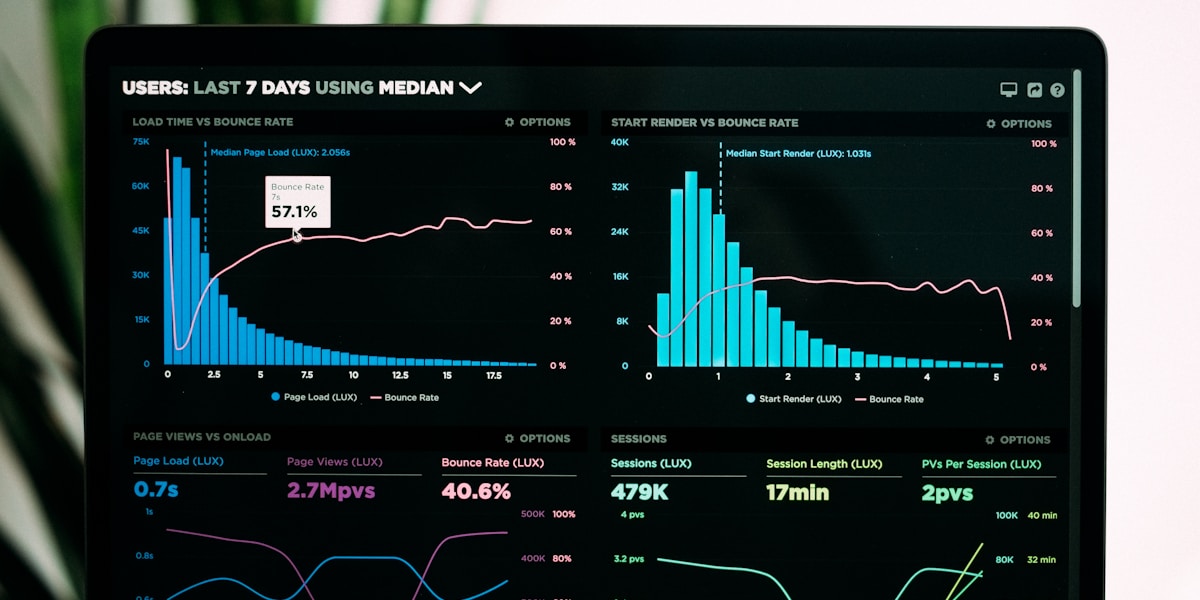
The Great Compensation Divide
The technology talent market in 2026 presents professionals with a fundamental choice: join a high-growth startup with asymmetric equity upside, or secure predictable wealth building at an established tech giant. This analysis examines total compensation structures, risk profiles, and career trajectories across company stages—providing frameworks for optimizing lifetime earnings based on individual risk tolerance and career goals.
Compensation Benchmarks: Senior Software Engineer
Analyzing a consistent role (Senior Engineer, 6 years experience, SF Bay Area) across company stages:
Total Compensation Comparison
FAANG / Big Tech
Google, Meta, Amazon
Pre-IPO Unicorns
$5B+ valuation
Series B-C Startups
$100M-$1B valuation
Seed/Series A
<$50M valuation
Cash vs. Equity Trade-Offs
FAANG Model
High Cash + Liquid Equity
Advantages
- ✓ Predictable, high cash compensation enables lifestyle spending
- ✓ RSUs liquid immediately (can sell quarterly)
- ✓ Steady wealth accumulation (5-10% annual stock appreciation)
- ✓ Lower stress, better work-life balance
- ✓ Strong benefits (healthcare, 401k matching, perks)
Disadvantages
- ✗ Limited upside (unlikely to earn >$2M annually as IC)
- ✗ Golden handcuffs (vesting schedules keep you)
- ✗ Slower career progression (many people competing)
- ✗ Bureaucracy and slower decision-making
Startup Model
Lower Cash + High-Risk Equity
Advantages
- ✓ Asymmetric upside (1-5% ownership could = $5M-$50M)
- ✓ Faster career progression (become Staff/Principal in 2-3 years)
- ✓ High autonomy and ownership
- ✓ Learn rapidly, gain broad experience
- ✓ Ground-floor opportunity with founding team
Disadvantages
- ✗ 70-80% chance equity worth zero
- ✗ Illiquidity for 5-10 years (can't sell)
- ✗ Below-market cash (lifestyle constraints)
- ✗ Longer hours, higher stress, instability
- ✗ Weaker benefits and infrastructure
10-Year Wealth Accumulation Analysis
Modeling career earnings over 10 years (constant 2026 dollars):
10-Year Wealth Scenarios
*Home Run scenario represents 2-3% probability outcome
Scenario 1: FAANG Career Path
Steady progression through big tech
Scenario 2: Startup → FAANG
Take calculated risk, then stabilize
Scenario 3: Serial Startup Career
Multiple bets, mixed outcomes
Scenario 4: Home Run Startup 🚀
Early employee hits jackpot
Benefits & Perks Comparison
FAANG Benefits Value: $40K-$60K/year
- Premium healthcare ($15K-$20K value)
- 401(k) matching (up to $10K/year)
- Meals, snacks, gym ($8K-$12K)
- Commuter benefits, shuttle ($3K-$5K)
- Parental leave (24+ weeks paid)
- Learning budget ($5K-$10K/year)
- Sabbaticals after 5 years
Startup Benefits Value: $15K-$30K/year
- Basic healthcare ($8K-$12K value)
- 401(k) match (often limited, $3K-$5K)
- Lunch stipend ($2K-$4K)
- Learning budget ($2K-$5K)
- Parental leave (often 12-16 weeks)
- Flexible PTO (sometimes unlimited, often less used)
Annual Benefits Gap: $20K-$30K favoring FAANG
Career Development & Growth
Startup Advantages
- Faster Promotions: Reach Staff+ level in 2-3 years vs. 5-7 at FAANG
- Broader Experience: Touch multiple parts of stack, product, business
- Leadership Opportunities: Build teams, own major initiatives early
- Founder Relationships: Learn from executives, gain mentorship
- Exit Optionality: Startup experience valued by VCs, other startups
FAANG Advantages
- World-Class Training: Learn from best engineers, rigorous processes
- Brand Value: Resume boost for life (ex-FAANG highly recruited)
- Scale Experience: Work on systems serving billions
- Network: Alumni networks open doors
- Lateral Mobility: Easy to switch between FAANG companies
Decision Framework
Choose FAANG If You:
- Risk-averse: Prioritize financial security and predictability
- Family obligations: Need stable income, strong benefits
- Visa-dependent: Need employer stability for immigration
- Later career stage: 10+ years in, prioritizing wealth preservation
- Value work-life balance: 40-45 hour weeks, clear boundaries
- Want deep expertise: Opportunity to specialize in narrow domain at scale
Choose Startup If You:
- High risk tolerance: Willing to accept downside for upside potential
- Early career: 0-8 years experience, can recover from equity loss
- Financially secure: Have savings cushion or dual income
- Growth-focused: Prioritize learning and career acceleration
- Entrepreneurial: Want autonomy, hate bureaucracy
- Mission-driven: Deeply care about specific problem startup is solving
Hybrid Strategy: Sequential Optimization
Many successful tech professionals optimize by sequencing strategically:
Strategy 1: FAANG → Startup (Most Common)
- Years 0-5: Build foundation at Google/Meta (save $500K-$1M)
- Years 5-12: Take calculated startup risks with financial cushion
- Rationale: FAANG brand + savings enable higher-risk bets
Strategy 2: Startup → FAANG (Reset)
- Years 0-4: Join startup, gain rapid experience
- If equity doesn't pay off: Jump to FAANG at higher level (Senior/Staff)
- Rationale: Startup experience accelerates career, FAANG provides stability
Strategy 3: Alternating (Portfolio Approach)
- 3 years FAANG → 2 years startup → 3 years FAANG
- Maintain financial stability while taking periodic shots
- Build diverse experience portfolio
2026 Market Dynamics
FAANG Challenges
- Layoffs and hiring freezes reduce job security
- Compensation growth slowing (3-5% vs. 8-12% historically)
- Return-to-office mandates reducing flexibility
- Increased performance pressure (stack ranking return)
Startup Opportunities
- AI boom creating high-value startups (OpenAI, Anthropic, Scale AI)
- Earlier liquidity via secondary markets
- SPVs and rolling funds enable diversification
- Talent available as big tech contracts
Conclusion
The startup vs. FAANG compensation debate has no universal answer—optimal choice depends on individual circumstances, risk tolerance, and career stage. FAANG offers $6M+ in predictable 10-year earnings, strong benefits, and work-life balance. Startups provide asymmetric upside potential ($0 to $50M+), faster career growth, and high autonomy, but with significant risk and lower cash compensation.
Most successful strategies involve sequencing both experiences strategically: build financial foundation and brand at FAANG early career, then take calculated startup risks in prime earning years. The key is honest self-assessment of risk tolerance, financial needs, and career priorities—not following a prescribed path.